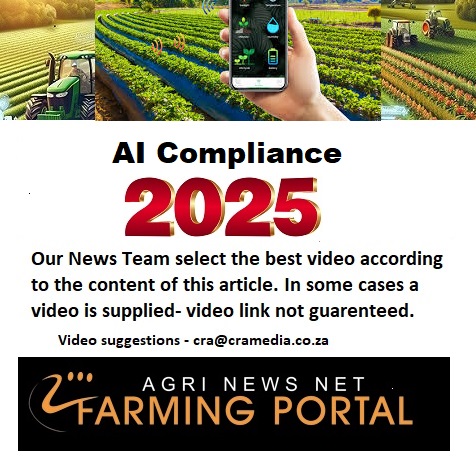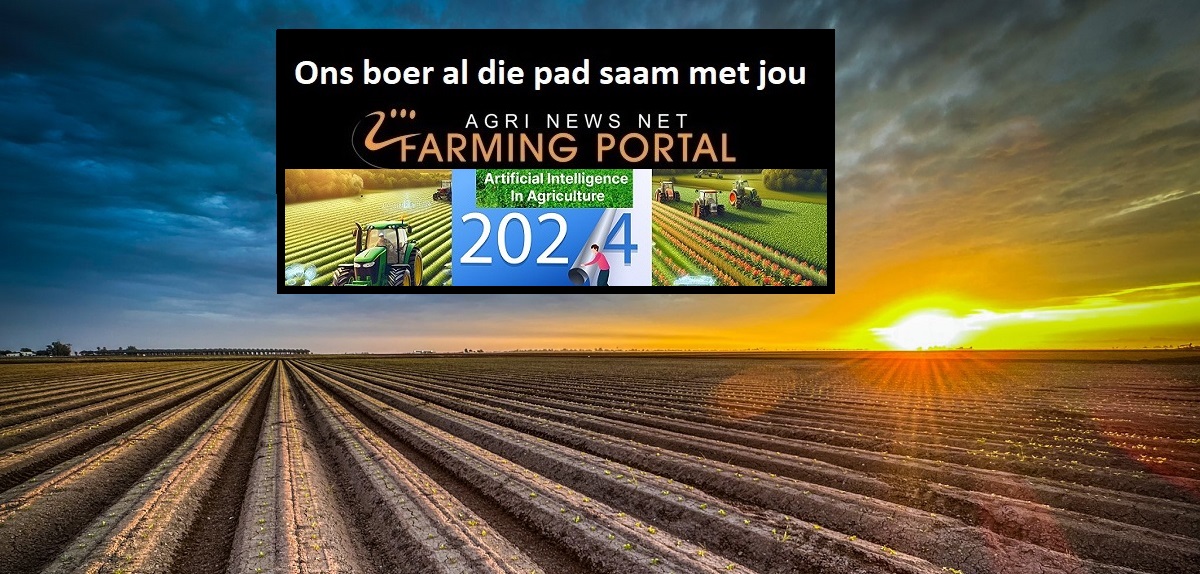In rural India, millions of farmers are leading a quiet revolution in climate resilience.
Armed with AI-powered weather forecasts, they're making smarter decisions about when and what to plant, in some cases cutting their debts in half, opens new tab and increasing savings by up to 10% of their annual income. This success has catalyzed a billion-dollar initiative , opens new tabto expand similar AI-powered forecasting capabilities across Asia, Africa and Latin America – proof that the means exist to help farmers adapt to climate change.
Yet this innovation reaching millions represents a fraction of what's possible. Proven agricultural solutions – from digital soil maps to drought-resistant crops – are ready to transform farming communities, but most smallholder farmers lack the resources to access and implement them.
Global climate finance funds could bridge this gap, strengthening food security for billions of people. Unfortunately, we didn’t seize this opportunity at COP29 to fully deliver the finance we know is needed by developing countries. Although negotiators missed the mark on producing a financial commitment large enough to trigger a significant wave of investments to support smallholder farmers, there remains a crucial opportunity to quickly disburse funds already pledged. By scaling up these commitments quickly and focusing on areas with the greatest need and potential, such as agriculture and food production, we can still make a meaningful impact.
We know that agricultural adaptation and mitigation remain severely underfunded. Only 4% of climate finance, opens new tab has flowed to food-related projects globally, and only 1% has addressed , opens new tabthe growing array of climate threats to food systems supplied by smallholder farmers, which feed billions of people.
The scale of the challenge is stark. In 2023, nearly half the world's land area , opens new tabexperienced at least one month of extreme drought. Climate-driven disasters pushed 151 million more people into food insecurity across 124 countries in 2022. In Africa, where temperatures are rising faster than the global average, climate impacts have already reduced GDP by 14%, opens new tab, mainly due to its impacts on agriculture. The world is now warmer than when humankind started domesticating wild plants about 10,000 years ago.
While more than 100 nations wanted to cap plastic production, a handful of oil-producers were prepared only to target waste.
Addressing these climate-induced realities of smallholder farmers across Africa and South Asia will require at least $170 billion annually. Just $16 billion of this per year could save 78 million people from starvation and chronic hunger. These aren't abstract statistics, they represent millions of farming families whose livelihoods and food security depend on the success of their farms.
Solutions are ready to deploy. The AI weather forecasting tool used in India is the first initiative of the Agriculture Innovation Mechanism for Scale (AIM for Scale), a partnership launched just one year ago by the United Arab Emirates (UAE) and the Bill & Melinda Gates Foundation. The problem it tackles is global: half the world's farmers currently lack access to reliable weather forecasting.
Its approach uniquely brings together improved local weather data collection, AI-powered forecasting capabilities and distribution systems through government and mobile networks. This initiative will reach 60 million farmers in India by 2025, and millions more across Africa, other parts of Asia and Latin America.
Alongside this, AIM for Scale is developing AgriLLM, a groundbreaking AI initiative using an open-access technology developed by the UAE to create large language models that support smallholder farmers and extension agents with critical decision-making.
Built in collaboration with leading international organizations, including CGIAR, the Food and Agriculture Organization of the United Nations and the World Bank, these tools are being developed as global public goods to ensure the power of AI serves smallholder farmers.
 South Africa’s small-scale farmers still can’t find a place in the food value chain
South Africa’s small-scale farmers still can’t find a place in the food value chain
Climate finance up until now has focused primarily on the two crucial sectors of energy and transportation – the failure to support agricultural adaptation has been shortsighted. It ignores a critical reality: global agrifood systems contribute about 30% of global greenhouse gases. At the same time, some of the most promising climate solutions for agriculture offer dual benefits in helping farmers adapt while reducing greenhouse gas emissions.Trees and tech help to reverse Gorongosa park's nature losses
A park warden picks drought-resistant coffee beans from trees at Mozambique's Mount Gorongosa, in Sofala Province. REUTERS/ Emidio Jozine Purchase Licensing Rights, opens new tab
Take livestock breeding in East Africa, where scientists are developing innovative methods to determine methane emissions of different cattle breeds. They are using handheld detectors and milk analysis to identify cattle breeds that emit up to 30% less methane. A balanced approach to cattle breeding that accounts for methane production can potentially help smallholder dairy farmers improve their herds while contributing to climate solutions.
Biofertilizers offer another win-win solution: these climate- and environment-friendly innovations use natural microbes that can increase yields by 10-15% through biological nitrogen fixation while costing just one-third to one-half the price of conventional fertilizer. For African farmers facing degraded soils and fertilizer prices more than double the global average, these solutions offer both climate resilience and reduced emissions.
Other adaptation and mitigation innovations abound. Digital soil maps help farmers restore degraded lands, strengthening soil fertility and its carbon storage capacity. Crops bred for traits such as increased salinity, heat, flooding, disease and pest resistance abound. Many of these climate-adaptative and mitigation solutions have been developed by national agricultural research centres in partnership with the global research network CGIAR, whose roadmap for climate-smart solutions could reach 500 million farmers by 2030.
These successes demonstrate what's possible when farmers have the resources to act on information and access to innovation. This is the kind of ambitious scaling that must be the focus as the world looks toward COP30.
Between today and when the global community reconvenes next year in Brazil, even more ambitious pledges and solutions will be required in order to face the stark realities of climate change. This means that we need country leaders to strengthen their national plans with loftier climate goals. Donor countries must rapidly scale up their investments in agriculture adaptation and mitigation finance to support evidence-based innovations that can strengthen climate-vulnerable food systems. To quickly deploy proven solutions at scale, leaders from all sectors must collaborate to ensure new financing supports rather than burdens low- and middle-income countries.
Most importantly, it means recognizing that agricultural adaptation and mitigation aren’t just about farming: they are about ensuring global food security and climate stability for the decades and centuries to come. In view of this, agriculture and agrifood systems should be among the first in line to benefit from any increase in international climate financing, as agreed under the New Collective Quantified Goal at COP29.















